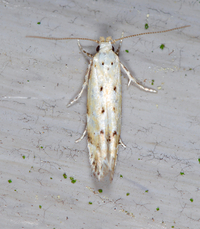
| Recorded by: Jim Petranka on 2025-06-18
Madison Co.
Comment: Specimen was dissected (female). | 
| Recorded by: Jim Petranka on 2025-06-18
Madison Co.
Comment: |

| Recorded by: Jim Petranka on 2023-06-01
Madison Co.
Comment: | 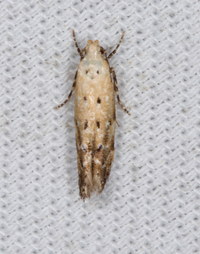
| Recorded by: Jim Petranka on 2023-05-13
Madison Co.
Comment: |

| Recorded by: Jim Petranka on 2022-05-11
Madison Co.
Comment: | 
| Recorded by: Jim Petranka on 2022-05-01
Madison Co.
Comment: |

| Recorded by: Jim Petranka on 2022-05-01
Madison Co.
Comment: | 
| Recorded by: Jim Petranka and Becky Elkin on 2021-12-26
McDowell Co.
Comment: |

| Recorded by: Jim Petranka and Becky Elkin on 2021-12-26
Yancey Co.
Comment: | 
| Recorded by: Jim Petranka and Becky Elkin on 2021-12-26
Yancey Co.
Comment: |

| Recorded by: Jim Petranka and Becky Elkin on 2021-12-26
Yancey Co.
Comment: | 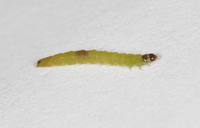
| Recorded by: Jim Petranka and Becky Elkin on 2021-12-26
Yancey Co.
Comment: |
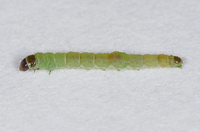
| Recorded by: Jim Petranka and Becky Elkin on 2021-12-17
Buncombe Co.
Comment: | 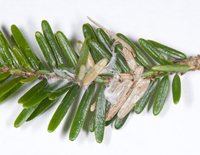
| Recorded by: Jim Petranka and Becky Elkin on 2021-12-17
Buncombe Co.
Comment: |
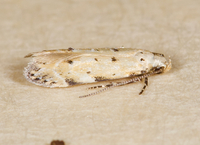
| Recorded by: Jim Petranka on 2021-04-05
Madison Co.
Comment: Adults were reared from green larvae on Eastern Hemlock; larvae collected on March 6, 2021; two adults emerged on 3 April, 2021. | 
| Recorded by: Jim Petranka on 2021-04-05
Madison Co.
Comment: Adults were reared from green larvae on Eastern Hemlock; larvae collected on March 6, 2021; two adults emerged on 3 April, 2021. |
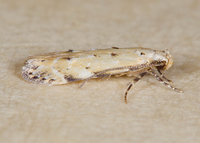
| Recorded by: Jim Petranka on 2021-04-01
Henderson Co.
Comment: An adult that was reared from a green larva on Eastern Hemlock (see companion photos of larva and leaf nest on 9 March, 2021). Mine collected on 2021-03-09; adult emerged on 2021-04-01. | 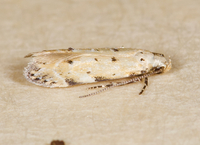
| Recorded by: Jim Petranka on 2021-04-01
Henderson Co.
Comment: An adult that was reared from a green larva on Eastern Hemlock (see companion photos of larva and leaf nest on 9 March, 2021). Mine collected on 2021-03-09; adult emerged on 2021-04-01. |

| Recorded by: Jim Petranka on 2021-04-01
Henderson Co.
Comment: Adult was reared from a green larva on Eastern Hemlock (see companion photos of larva and leaf nest on 9 March, 2021). | 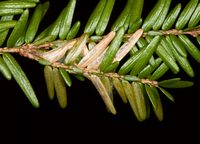
| Recorded by: Jim Petranka and Becky Elkin on 2021-03-11
Polk Co.
Comment: A nest of dead Eastern Hemlock needles and silk that contained a green larvae (see companion photo). |
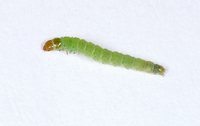
| Recorded by: Jim Petranka and Becky Elkin on 2021-03-11
Polk Co.
Comment: A larvae that was extracted from a nest on Eastern Hemlock (see companion photo). | 
| Recorded by: Jim Petranka and Becky Elkin on 2021-03-09
Henderson Co.
Comment: |
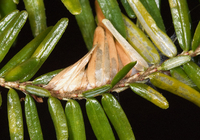
| Recorded by: Jim Petranka and Becky Elkin on 2021-03-09
Henderson Co.
Comment: | 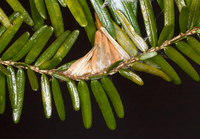
| Recorded by: Jim Petranka and Becky Elkin on 2021-03-09
Transylvania Co.
Comment: |
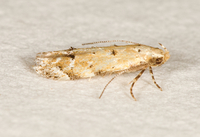
| Recorded by: Jim Petranka on 2021-03-05
Madison Co.
Comment: An adult that was reared from a green caterpillar that was on Eastern Hemlock. Caterpillar was collected on 2020-12-10 (see companion photo); adult emerged on 2021-03-05. | 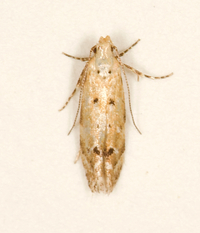
| Recorded by: Jim Petranka on 2021-03-05
Madison Co.
Comment: An adult that was reared from a green caterpillar that was on Eastern Hemlock. Caterpillar was collected on 2020-12-10 (see companion photo); adult emerged on 2021-03-05. |

| Recorded by: Jim Petranka and Becky Elkin on 2021-01-10
Madison Co.
Comment: | 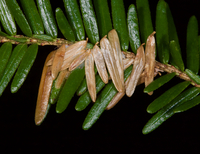
| Recorded by: Jim Petranka and Becky Elkin on 2021-01-10
Madison Co.
Comment: |
|

 »
»


























